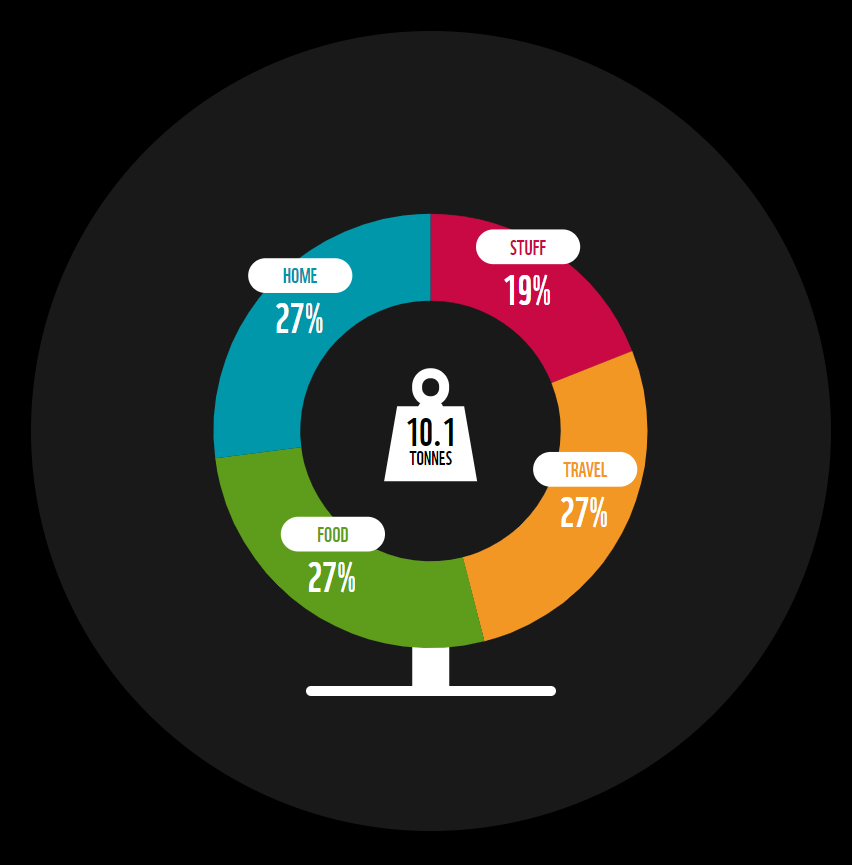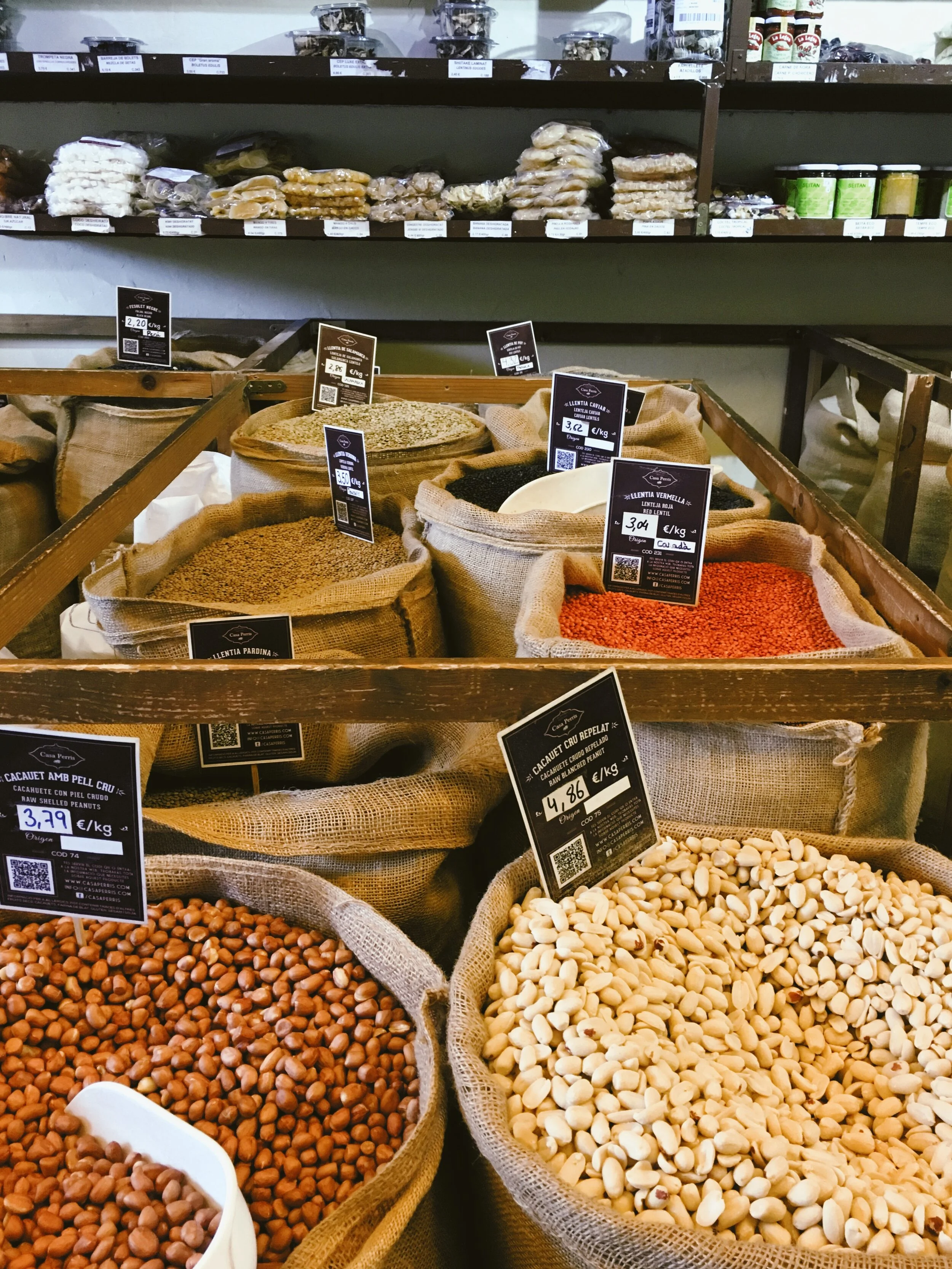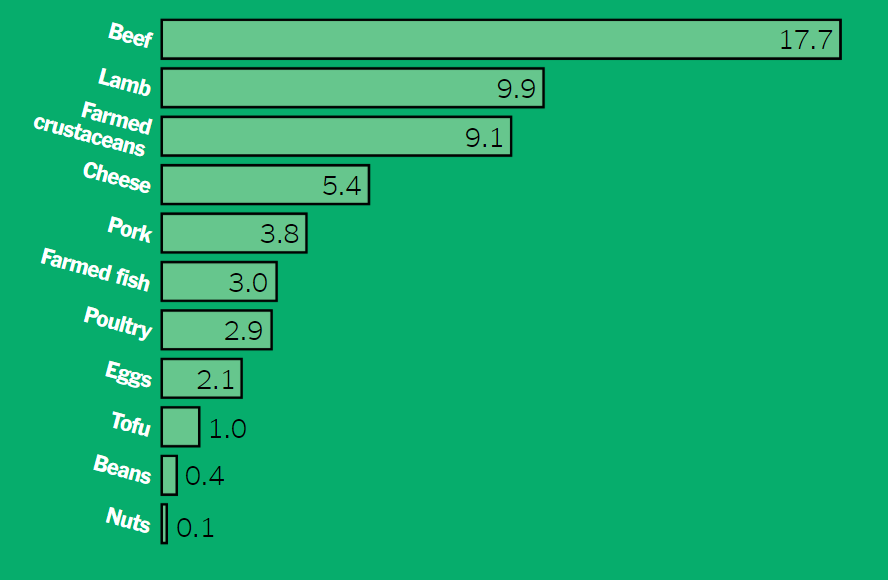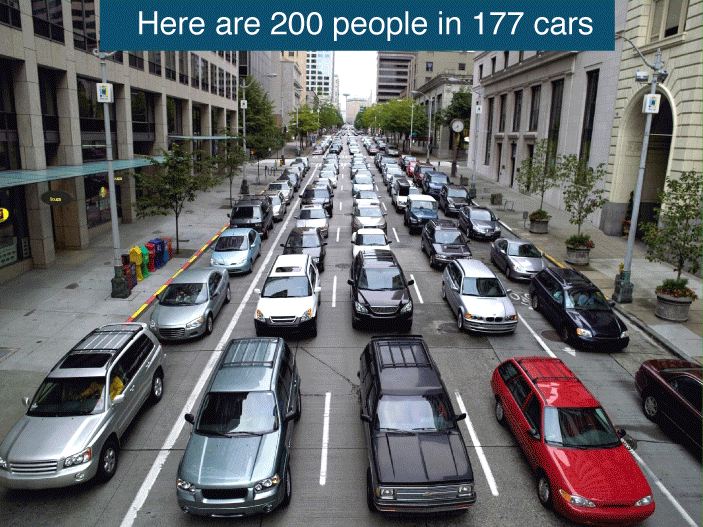Sustainability is a buzzword right now, in any creative field you may work in. Everyone wants to claim they are doing something good for the environment, and we have more information than ever before about how much we have messed up our planet.
Who is responsible for this?
A satellite image of Batemans Bay, Australia, on New Year's Eve, 2019.
The hard truth is that we all share responsibility.
Yes, several companies have been doing terrible things for decades and have a huge part behind all of it, with political and commercial agendas that I can’t even begin to unravel. But the way we live our lives, the people we vote for, the companies we give our money to, and what we demand as citizens and customers, also shape our world massively.
I’ve been thinking a lot about this the last couple of years, when I also took a Master’s degree in Material Design (which led me to research a lot about sustainability since it was the main area I wanted to focus on). I realized that it made no sense to advocate for sustainability through my work while ignoring the environmental impact of my daily habits. One thing does not offset the other.
One idea that basically guides my life is trying to be as consistent and coherent as I can in relation to my principles and the way I act in the different spheres of being.
In the end, it all adds up, and if we have the opportunity to live in this beautiful planet we should at least have a respectful way of doing it.
So, after all this rant I would like to share some of the things I’ve been doing from the beginning (I’m still in process of making many changes) to transform my lifestyle towards a more sustainable way of living, in case it serves to guide or inspire you:
Take a test to assess your environmental impact:
WWF-UK developed a carbon footprint calculator as a way of showing your carbon emissions, compared to other people and other countries. It’s your impression on the planet. You can access it here: https://footprint.wwf.org.uk/#/
While it does not deliver a very detailed report, it gives you an initial idea of the categories that have a bigger impact in your footprint, together with some tips to reduce it.
My results from the WWF Footprint Calculator.
Ditch disposables:
It’s not that plastic is a bad material (it’s wonderful for certain purposes!). It’s that it’s absurd to use a material that lasts hundreds of years (and will literally outlive you) for something you need to use just one day or even a few minutes.
This may lead to absurd and sad consequences, like there being more plastic in the ocean than fish by 2050 (by weight).
We need to redesign the systems of production and consumption to embrace a circular, post- disposable world, were we design out waste from the beginning.
A list of basic things to reduce disposables:
Reusable water bottle (I take this everywhere).
Reusable cloth and mesh bags to buy vegetables. fruit and nuts in bulk.
Cheesecloth bag to make almond, hazelnut (this one is amazing with cocoa) or oatmeal milk.
Textile napkins.
Reusable silicone bags and lids to store food in the fridge or freezer.
Stainless steel safety razor.
Menstrual cup.
Reusable cup for coffee and tea.
Stainless steel straw.
Compostable toothbrush (check that the bristles are also made from a compostable material because some bamboo toothbrushes still have them made from plastic).
Compostable sponges for washing the dishes and cleaning (there are a variety of materials from coconut fibers to luffa).
Home water filter to stop buying bottled water.
If you do the math of how much you will spend in a lifetime in disposables, the investment of buying something that lasts decades will be not only more ecofriendly but cheaper. Pay special attention to things that you replace and buy frequently.
My home water filter by Ecofiltro💦
Buy in bulk from local stores:
At bulk stores and some regular grocery stores, you can pay for your goods by weight, so you buy just what you need while reducing packaging waste, which cuts down what we accumulate and throw away in the kitchen.
You can buy lots of things in bulk, from food (rice, beans, dried fruits, spices, etc.) to cleaning supplies (dishwashing soap, laundry detergent, etc.) without all the toxic chemicals industrial ones generally contain (both the planet and my lungs appreciate this change).
Please remember to bring your own containers to buy what you need. I see a lot of people that stop by to shop and put everything in disposable paper bags which can be just as bad as plastic bags (plus sometimes they add their own label in the store but if you really don’t need it it’s better to refuse it).
Bulk store in the center of Barcelona (Casa Perris).
Review what you eat:
The world’s food system is responsible for about one-quarter of the planet-warming greenhouse gases that humans generate each year.
While I’m not vegetarian I have reduced the amount of meat in my meals (especially red meat), and I really enjoy discovering new recipes to diversify what I eat, by consuming more protein-rich plants like beans, legumes, nuts, and grains.
In general, what you eat matters a lot more than where it comes from since transportation accounts for only about 6 percent of food’s total climate footprint. That being said (of course it’s always better to support local commerce when you can), there are a few things to consider.
The average greenhouse gas impact (in kilograms of CO2) of getting 50 grams of protein from different sources. Poore and Nemecek, Science (2018)
Anything that’s in season where you live, whether you buy it at a local farmers’ market or a supermarket, is usually a good choice.
Apps like TooGoodtoGo and Phenix (available in Spain) are also a great option, where you can buy leftover (but still in perfect condition) groceries and food at a cheaper price.
Because food waste is a gigantic issue: as much as one-third of the total food production.
“In the United States, food waste is estimated at between 30-40 percent of the food supply. This estimate, based on estimates from USDA’s Economic Research Service of 31 percent food loss at the retail and consumer levels, corresponded to approximately 133 billion pounds and $161 billion worth of food in 2010.”
That means that all the resources it took to produce this amount of food were wasted. Therefore, one key way to cut your food-related emissions is to waste less. Buying what you need and actually eating it — instead of tossing it out — means that the energy used to produce your food has been spent efficiently.
Plan your meals smartly so that everything gets used. One hack I like is freezing the leftover peels and scraps of vegetables to make stock for rice and soup. They are still full of flavor and nutrients.
Be vigilant so you eat, or otherwise freeze, the food in your refrigerator (I freeze many things from rice to arepas), instead of letting it spoil. Order your fridge so you can easily see everything (especially the food that doesn’t last too long or has been there for a while). Store fresh food properly so it can last longer or share it with someone who may enjoy it.
Another thing I like to do is using the leftover pulp from preparing almond / hazelnut milk to make yummy snack balls. Basically, try to get the most out of everything @aknamarquez
Buy smarter:
Buying secondhand is a great option to find affordable clothes and home items. I’ve got some beautiful clothing pieces for prices as cheap as 1 euro in a perfect condition, to wear for many years to come. When I’m looking for something specific (color, size, or design), I will probably buy something new but I now I try to focus more on the quality and the durability, even if it may be more expensive.
Encants Vintage Market (2019)
Share your ride:
Public transport, cycling and walking around the city are the best ways to move around. Walking is also a great opportunity to discover new places around that you may love and is not only good for your body but also your brain. I also like to use the spare time while commuting on the metro to make time to read every day.
Use resources more efficiently:
There’s a lot you can improve by changing appliances in your house.
Some changes that we’ve added recently at home are shower head filters that create more pressure so you may use about 30% less water while removing chlorine, which also helps to have healthier skin and hair.
Another easy shift is washing your clothes less. It may sound gross and of course, it all depends on the intensity of the activities you have done wearing them but companies like Levi’s have launched initiatives to educate consumers where they advise exactly that: spot clean instead of tossing them in the washing machine if unnecessary, or soak and line dry.
Your clothes will last longer and you will use less water.
Share what you are learning:
Talk with your friends and family about the subject. What do they think about our environmental situation? Share tips and thoughts instead of shaming people around you for not thinking the same. Gift items that make a more sustainable lifestyle easier (perhaps they won’t buy these things themselves but if they have them around they would use them for daily things like buying groceries or having coffee).
I’m no zero-waste guru either, I’m just learning. Please share any thoughts or experiences you may have! :)
Take advantage of what you already have:
We can’t shop our way into sustainability. Because of sustainability marketing, there is this notion that products can be 100% sustainable if just the right materials are chosen. Yet, any item, even the most “sustainable” one, say made of recycled fibers, still has an environmental footprint and it is fundamental to keep that in mind. Walking and cycling, for example, is always going to be more sustainable than any electric car they try to sell you.
We don’t need all the hippest stuff we see influencers using (even zero-waste influencers). We can reuse a lot of things that are already made. If you have plastic containers don’t throw them away to buy new stainless steel or glass ones. Reuse everything you can or give it away responsibly.
I’m a big fan of reusing glass jars in all sizes and shapes!
One of my teachers used to say in class that sustainability doesn’t exist because the most sustainable thing would be to not exist at all. It’s a reasonable statement. But since we do, let’s make our best to take care of this place we call home. We have more information than ever before and finally, the pressure towards brands is growing.
Instead of feeling doomed with the news, which paralyzes and makes us feel powerless, we must see that our actions matter, and constantly push for a systemic change.
Our daily habits shape not only the way we live and work, but they also influence others around us and create consumer demands that companies respond to. We have a voice (that we should be using more) in demanding an ethical behavior from governments and brands.
All of it matters.










